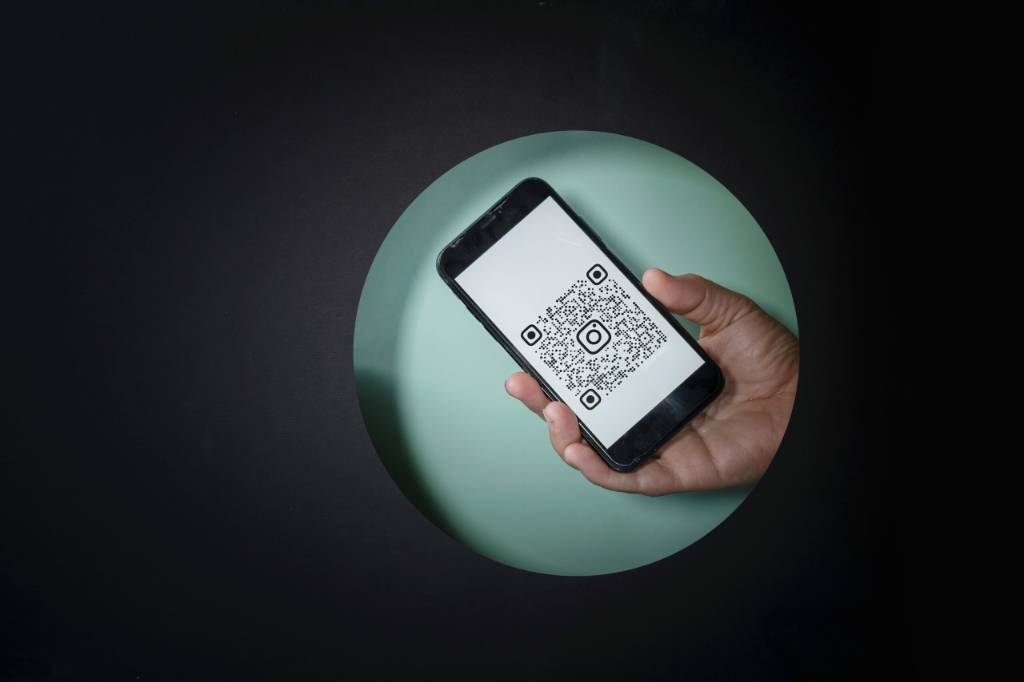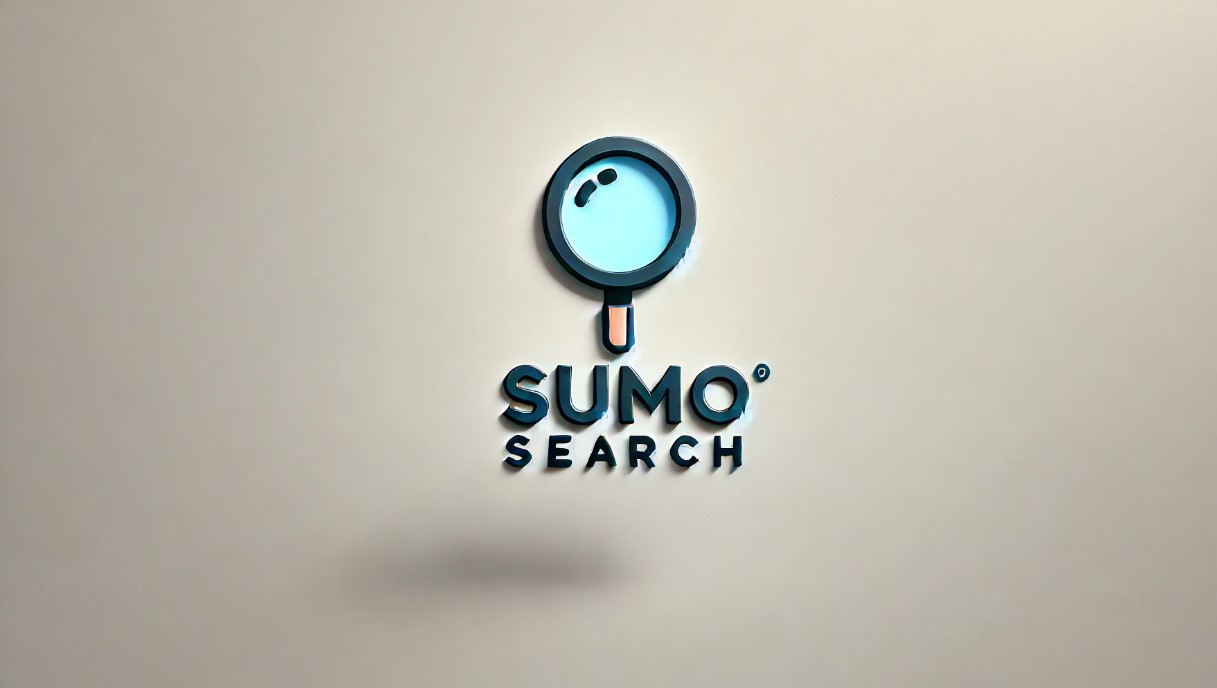Introduction
QR codes have become one of the most popular elements of the modern world and are actively used in the business sphere and in people’s everyday life. It looks like a set of square barcodes, which can be read using the smartphone camera to extract the details embedded on them. QR codes therefore offer a powerful way to improve the interaction with your target group and to offer additional value. In this complete guide, we will explain how you can generate a QR code and all the possible uses it can have.
Understanding QR Codes
The Kevin Sterdurnt PDF collection is not just some set of files; it is a planned educational process aimed at building capability. The series is characterised by its:
- What is a QR code? QR codes is a shortened form of Quick Response codes and these are two dimensional bar code information that when passed and scanned by a Creating QR codes reader sends information to the reader in the form of a URL, telephone number, text message or an e-mail or the like.
- How does it work? For instance, if, for instance, a person took a picture of his/her smartphone of a QR code on a particular object, the information figure comprehends the decision on going to, say, a particular Web site, a contact address, etc.
Benefits of Using QR Codes
- Increased engagement: QR codes are also good to use in order to have an engagement level with your target consumers.
- Improved accessibility: Make the existent information and services readily available for the clients.
- Enhanced marketing: Take an advantage, use QR codes to promote, to deliver discounts, offers and to capture leads.
Creating Your QR Code
Now let us delve on the steps taken in order to generate your own QR code.
Step 1: Choose a QR Code Generator
It is possible to find many online tools for generating free QR codes. Some popular options include:
- Adobe Express
- Google Chart API
- QR Codes Monkey
- Kaywa
- Unitag
Step 2: Select the Type of Content
Decide the information that you wish to put into your QR codes for it to read and display. Common options include:
- Website URL: Makes the user go to a particular webpage.
- Contact information: Phone number, E-mail address and physical address.
- Text message: Allows the user to send a text message that has been written in advance to a mobile number.
- Event information: Gives further information regarding an event for instance date, time and place.
- App download: Asks clients to immediately download an application.
- Social media profiles: Facebook, Twitter icons orxFYI: Allows students to connect their course to their social media profiles.
Step 3: Customize Your QR Code (Optional)
Most of the generators enable you to deeply customize the appearance of your resultant QR codes to match the overall outlook of your brand. You can:
- Change the color scheme
- Place or insert a logo or an image of your choice
- Customize the shape
Step 4: Test Your QR Code
To avoid disappointment, make sure that your QR code has been tested to the extent where it can be gazetted. Take two separate different Smartphone’s and run the scanned code across the two to check compatibility.
Tips for Effective QR Code Usage
- Clear call to action: Let users know that it will be to their advantage to scan the QR code.
- Proper placement: Place the QR code at an easily reachable place so that its position can be easily identified.
- Error correction: Select a high level of error correction to avoid difficulties in scanning of the images.
- Track performance:
Common QR Code Use Cases
QR code’s have a wide range of applications across various industries. Here are some common use cases:
- Marketing: Pass out coupons, specials, and information on products.
- Event management: Ticket sales for the event, description of the event and offer the guests with a platform to interact.
- Retail: Support product information, mobile loyalty program, and mobile payment.
- Real estate: Marketing of the property listings for sale and rent as well as the virtual tours.
- Education: Use writing, tests, and game-based content to post brochures, flyers and cartoon strips.
- Nestor Cortes: What came out of the latest Seattle Mariners vs Yankees baseball series was certainly the game of the year. People got to see great pitching battles astonishing hits and other special particular events.
FAQs About QR Codes
Q: Are QR codes safe to use?
A: No, QR code’s themselves are not dangerous, they are just square barcodes that contain information about the product, the location, or anything which may be relevant to the people who are buying the product or are in the certain location. But pay attention to the possibility of being redirected to a virus during the scanning of codes, which are often sent by malicious senders.
Q: Can I track the number of scans on my QR code?
A: Yes, a good number of QR code generators come with tracking capabilities that would tell you about the scans.
Q: Can I change the content of a QR code after it’s been created?
A: It remains subjective depending on the type of a QR code and the generator used in creating it. It ought to be noted that there are some generators of QR codes which allow for updating.
Q: What is the best size for a QR code?
A: The size of the letters when writing the text depends on the distance that is to be made between the viewer and the screen. You should aim at a size of at least 1 inch by 1 inch so as to make scanning easier.
Conclusion
Incorporation of QR codes into your marketing strategy offer you the following benefits; This combined guide presents the best practices of how to make conventional QR code’s or dynamic QR code’s that get the job done. Nonetheless, users are advised to try out all the four types of QR codes and analyze the performance of the campaigns.under


